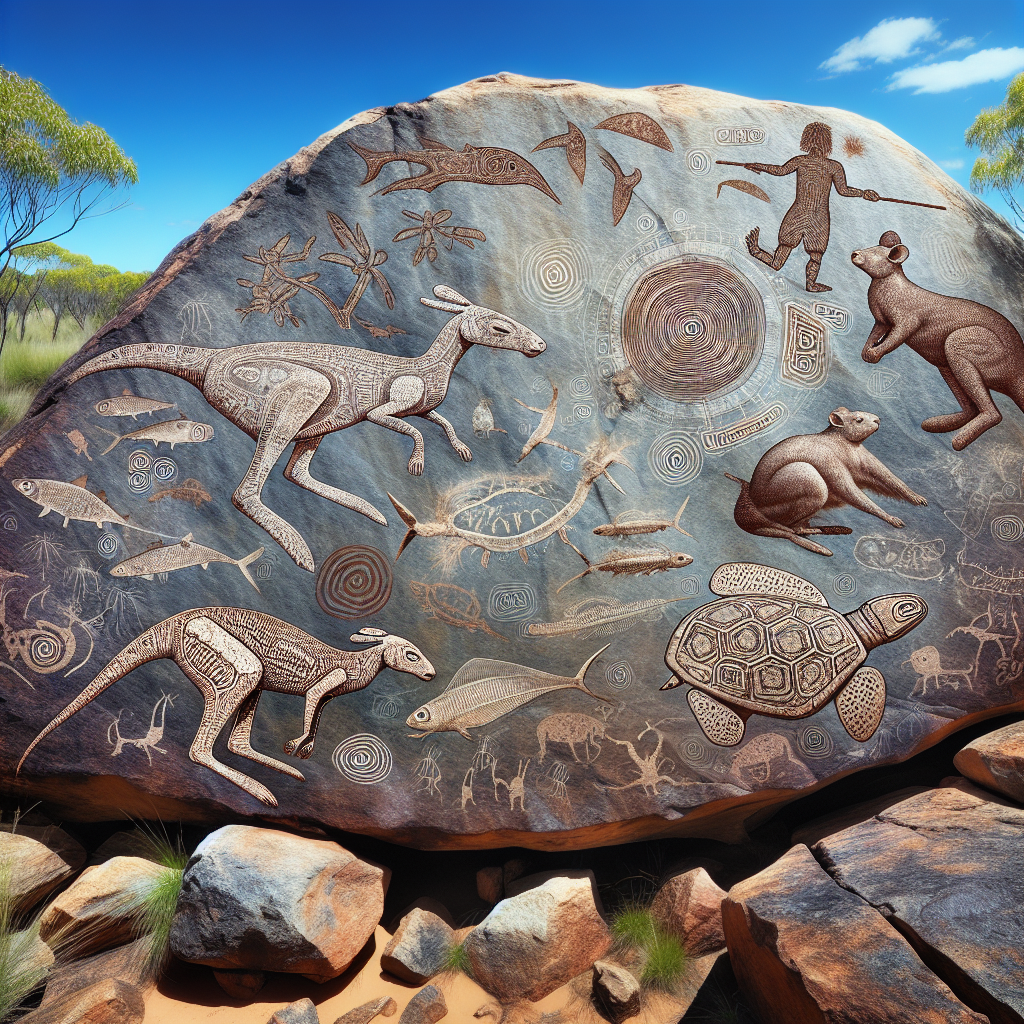Preserving Murujuga: World Heritage Status and Economic Tensions
Australia's Murujuga rock art has received World Heritage status, ensuring protection for the ancient carvings amidst industrial encroachment. The site is on a peninsula laden with gas and explosives plants, underscoring the challenge of balancing Indigenous heritage with economic growth. Concerns about resource industry impacts persist.

- Country:
- Australia
The Murujuga rock art in Australia has gained World Heritage status, aiming to preserve ancient Indigenous carvings from industrial encroachment, according to a government announcement on Saturday. This art, believed to be 50,000 years old, is located on a peninsula with active gas and explosives plants, highlighting tension between cultural preservation and resource-driven economic activities.
UNESCO granted this status on Friday following a "tireless nomination process" initiated in 2023, as stated by Environment Minister Murray Watt. He emphasized the government's dedication to protecting First Nations cultural heritage for future generations. Peter Hicks, leader of the Murujuga Aboriginal Corporation, recognized the designation as essential for safeguarding the "extraordinary landscape."
In contrast, industrial activities continue to expand in the region. The government has prolonged the operation of Woodside's significant gas plant, the North West Shelf, until 2070, raising potential carbon emission concerns. The intensifying scrutiny over resource industry impacts comes after Rio Tinto's irreversible damage to Indigenous sites in 2020.
(With inputs from agencies.)
ALSO READ
India and UNESCO Join Forces for Transformative AI Summit
Prada's Kolhapuri Chappals Controversy: Fashion Meets Cultural Heritage
India's Milestone in Social Security and Cultural Heritage
Gateway Towers: A Vibrant Vista of Kerala's Cultural Heritage at TIAL
Restrictive laws and political pressures continue to limit media freedom and trust in Bangladesh, says UNDP and UNESCO report










